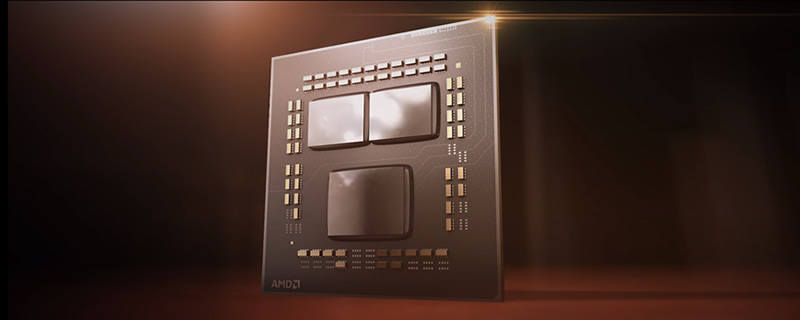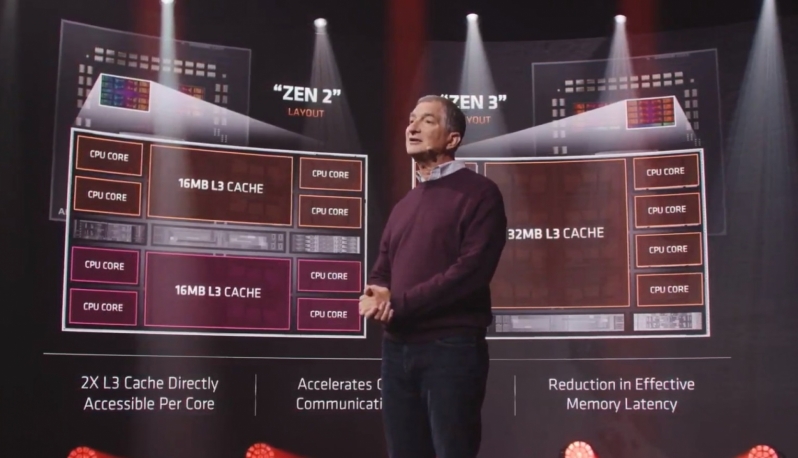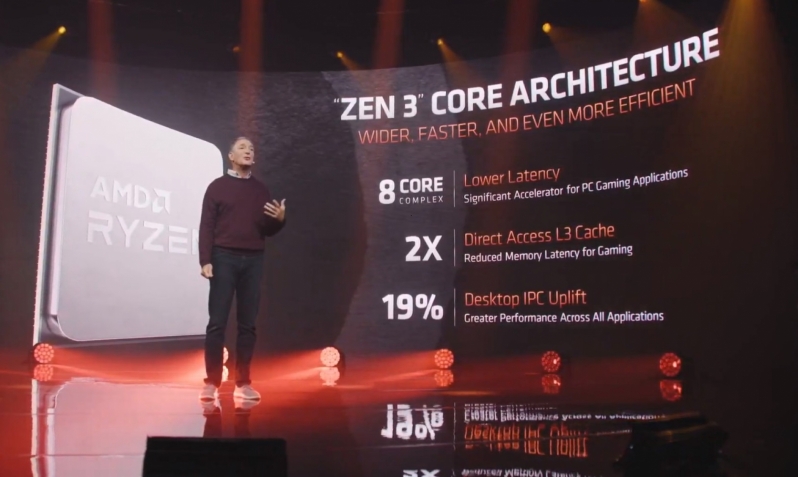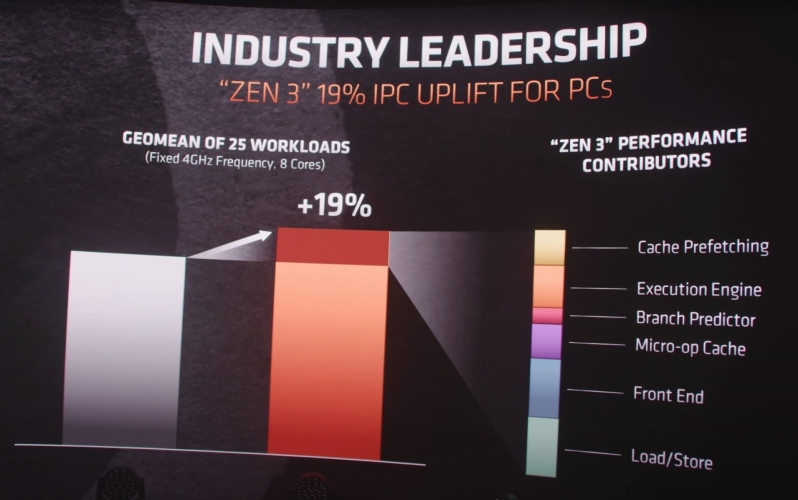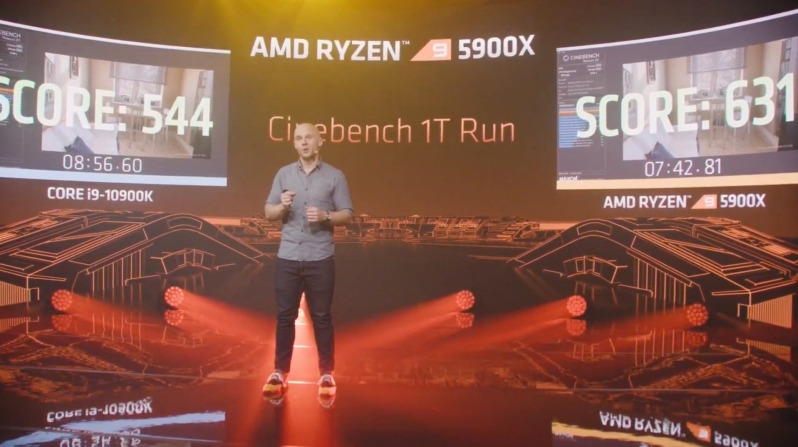What you need to know about Zen 3 and Ryzen 5000 series Processors
What you need to know about Zen 3 and the Ryzen 5000 series
With Zen 3, AMD promises a 19% IPC increase over Zen 2, which comes through various architectural enhancements. On top of this, AMD has promised higher boost clock speeds, offering another avenue which will deliver Ryzen users a performance upgrade. In this article, we will be discussing AMD’s architectural changes with Zen 3, how these changes will impact various workloads and how these changes have made Zen 3 AMD’s strongest product offering to date.Â
Motherboards
For Zen 3 and the Ryzen 5000 series, AMD isn’t releasing a new AM4 motherboard chipset. All 500-series AM4 motherboards will support Zen 3, requiring nothing more than a BIOS update to deliver Zen 3 support.
Motherboard manufacturers are already preparing new 500-series motherboard designs for Zen 3 processors, offering refined designs over their original 500-series offerings for those who wish to use them. Â
AMD’s Ryzen 5000 series processors will be available on November 5th, and by then, all 500-series motherboards should have Zen 3 compatible BIOS’ available.Â
The Zen Journey
So far, every generation of Zen processors has delivered users significant performance gains over their predecessors. With Zen +, AMD offered higher clock speeds and lower cache latencies than their original Zen designs, with Zen 2 AMD offered customers more cores, higher clock speeds, more cores and increased IPC (Instructions Per Cycle).
With Zen 3, AMD isn’t offering gamers more cores or the benefits of a new lithography node. Zen 3’s performance gains come purely through architectural changes, requiring one of Zen’s largest architectural restructurings to date.Â
Higher maximum boost clocks and a significant IPC uplift are promised with Zen 3, which promises to deliver significant performance uplifts across a variety of workloads. AMD is delivering performance boosts without huge clock speed increases or the addition of more cores, which means that practically all applications will benefit from Zen 3’s design changes. Not all apps benefit from adding more cores, but all applications benefit from increased single-threaded performance.Â
 Â
What is IPC?Â
IPC stands for Instructions Per Cycle, and before we talk about Zen 3’s architectural enhancements, we need to discuss what IPC gain are and what they aren’t.Â
When AMD claims that Zen 3 offers 19% IPC gains, that doesn’t mean that Zen 3 will offer a 19% performance gain in all CPU-limited applications. When discussing IPC changes, it must be noted that manufacturer-provided IPC gains are calculated and averaged out across a variety of workloads. This means that not all CPU-limited applications will see 19% performance benefits, with some seeing larger gains while others see shallower performance enhancements.Â
If an application benefits heavily from specific architectural change, performance gains of more than 19% will be possible with Zen 3, while some other applications will see smaller performance benefits. Different applications will react to Zen 3’s design changes in different ways, which means that Zen 3 will not automatically deliver 19% performance gains under all workloads.Â
AMD’s 19% IPC gains are calculated as an average across a range of 25 workloads, setting consumer expectations for what enthusiasts should expect from Zen 3.Â
Zen 3 – It’s all about the Cache
Â
With Zen 3, one of AMD’s largest innovations is their redesigned cache topology and core layout, which sees Zen 3 core complexes (CCXs) which are comprised of eight cores. With Zen 2, each eight-core chiplet was constructed using two quad-core complexes, with communications between these two core clusters receiving inter-CCX latencies.  Â
The benefits of AMD redesigning Zen’s core complexes are twofold. First, AMD has enabled faster inter-core communications through the elimination of inter-CCX latencies when communicating with cores in the same chiplet. The second is that each CCX’s 16MB of L3 Cache can now be combined into a larger unified L3 cache.Â
With Zen 3, each CPU core has direct access to 32MB of L3 cache. With Zen 2, each core on a module had direct access to 16MB of L3 cache and access to other caches with an inter-CCX latency penalty. These changes allow Zen 3 to offer reduced average L3 cache latencies, allowing Zen 3 cores to less time waiting and more time working. Think of decreased latencies as lowered waiting times; the less time your CPU is waiting, the more time it can spend working.Â
Some workloads are more latency-sensitive than others, with gaming being especially sensitive to cache latencies. AMD’s new cache layouts are a primary cause of Zen 3’s performance enhancements in gaming workloads, especially for titles like CS:GO. Â
AMD’s 8-core CCXs also eliminate other inter-core communication latencies, which will be beneficial for some multi-threaded workloads.Â
Â
End-to-End architectural enhancements
AMD’s core topology redesign isn’t the cause of all of Zen 3’s performance enhancements. With Zen 3, AMD claims that they have enhanced their Branch Predictor, Execution Engines, Front End and Cache Prefetching mechanisms.Â
Zen 3 won’t just see performance benefits when cache latencies are involved. Zen 3 will see performance gains across a wide range of workloads. You don’t get a averaged 19% IPC increase for fixing one problem, which is great news for Ryzen fans.Â
With so many changes coming with Zen 3, there is a reason why AMD calls Zen 3 an all-new processor design. The fundamentals of Zen 2 have been altered, and the results of these changes are mindblowing. A 19% IPC gain is no small feat, especially without the benefit of process node advancements. AMD’s engineers should be proud of their work.Â
Another major aspect of Zen 3 is the fact that the architecture doesn’t consume more power than Zen 2 to achieve its 19% IPC improvement. AMD has not just made its latest Zen processors more powerful; they are also more power-efficient. AMD has claimed that their Zen 3 architecture is 20% more power-efficient than Zen 2 and that their Zen 3 products are up to 2.8x as efficient as Intel’s i9-10900K.Â
Specifications – It’s All About the Cash!
While some AMD fans have complained about Zen 3’s “price increase”, it must be noted that AMD is offering its customers more value for money through Zen 3’s increased performance levels. Thanks to AMD’s continued use of their AM4 socket, users of 500-series motherboards do not need to change their motherboards to use Zen 3 processors. In time, many 400-series motherboards should also receive support for Zen 3 through BIOS updates. Â
AMD is no longer playing catch-up with Intel, which means that AMD doesn’t need to be the so-called “value performer” anymore. Even so, AMD’s Ryzen 3000 series processors offer great value to consumers when compared to today’s CPU offerings. That said, the fact that Microsoft’s Xbox Series S is $299 and features an integrated 8-core processor makes AMD’s Zen 3 pricing seem a little high. Â
| Â | Cores | Threads | Zen Arch | Base Clock | Boost Clock | L2 + L3 Cache | PCIe 4.0 Lanes | TDP | Launch Pricing | Thermal Solution |
| Ryzen 9 5950X | 16 | 32 | Zen 3 | 3.4 GHz | 4.9 GHz | 8 + 64 MB | 16+4+4 | 105W | $799 | Not Supplied |
| Ryzen 9 5900X | 12 | 24 | Zen 3 | 3.7 GHz | 4.8 GHz | 6 + 64 MB | 16+4+4 | 105W | $549 | Not Supplied |
| Ryzen 7 5800X | 8 | 16 | Zen 3 | 3.8 GHz | 4.7 GHz | 4 + 32 MB | 16+4+4 | 105W | $449 | Not Supplied |
| Ryzen 5 5600X | 6 | 12 | Zen 3 | 3.7 GHz | 4.6 GHz | 3 + 32 MB | 16+4+4 | 65W | $299 | Supplied (unknown design) |
| Ryzen 9 3950X | 16 | 32 | Zen 2 | 3.5GHz | 4.7GHz | 8+64 MB | 16+4+4 | 105W | $749 | Not Supplied |
| Ryzen 9 3900XT |
12 | 24 | Zen 2 | 3.8GHz | 4.7GHz | 6+64 MB | 16+4+4 | 105W | $499 | Not Supplied |
| Ryzen 9 3900X | 12 | 24 | Zen 2 | 3.8GHz | 4.6GHz | 6+64 MB | 16+4+4 | 105W | $499 | Wraith Prism |
| Ryzen 9 3800XT |
8 | 16 | Zen 2 | 3.9GHz | 4.7GHz | 4+32 MB | 16+4+4 | 105W | $399 | Not Supplied |
| Ryzen 7 3800X | 8 | 16 | Zen 2 | 3.9GHz | 4.5GHz | 4+32 MB | 16+4+4 | 105W | $399 | Wraith Prism |
| Ryzen 7 3700X | 8 | 16 | Zen 2 | 3.6GHz | 4.4GHz | 4+32 MB | 16+4+4 | 65W | $329 | Wraith Prism |
| Ryzen 5 3600XT |
6 | 12 | Zen 2 | 3.8GHz | 4.5GHz | 3+32 MB | 16+4+4 | 95W | $249 | Wraith Spire |
| Ryzen 5 3600X | 6 | 12 | Zen 2 | 3.8GHz | 4.4GHz | 3+32 MB | 16+4+4 | 95W | $249 | Wraith Spire |
| Ryzen 5 3600 |
6 | 12 | Zen 2 | 3.6GHz | 4.2GHz | 3+32 MB | 16+4+4 | 65W | $199 |
Wraith Stealth |
| Ryzen 3 3300X | 4 | 8 | Zen 2 | 3.8GHz | 4.3GHz | 2+16MB | 16+4+4 | 65W | $120 | Wraith Stealth |
| Ryzen 3 3100X | 4 | 8 | Zen 2 | 3.6GHz | 3.9GHz | 2+16MB | 16+4+4 | 65W | $99 |
Wraith Stealth |
Cinebench – Single-Threaded Performance Leadership
With Zen 3, AMD has claimed performance leadership over Intel within the desktop market, highlighting the performance of their Ryzen 9 5900X in Cinebench. Where Intel’s i9-10900K offered a score of 544, AMD’s processor offered a score of 631. That represents a 15.99% performance advantage in single-threaded performance.Â
With AMD’s Ryzen 9 5950X, AMD’s single-threaded performance rose further to 640 points, representing a 17.6% performance gain over Intel’s i9-10900K. AMD offers consumers more cores and more single-threaded performance in the desktop market. Intel should be worried.Â
Gaming – Zen 3 claims the performance crown
When compared to the Ryzen 9 3900XT, AMD has claimed that their Ryzen 9 5900X can deliver a 26% performance boost in CPU-limited games on average, showcasing a 5-50% performance boost in the performance charts below.Â
AMD’s architectural enhancements for Zen 3 deliver significant performance gains over today’s Ryzen 3000 series processors. These gains are enough to surpass Intel’s i9-10900K, assuming you believe AMD’s data.Â
  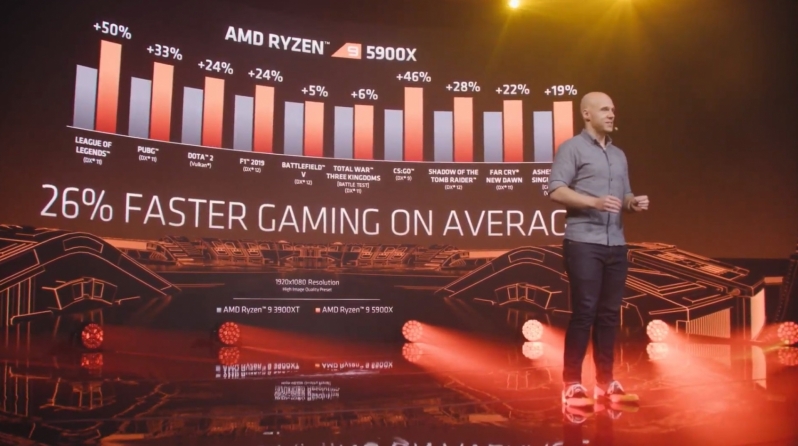 Â
Â
In summary
AMD has made some big promised with Zen 3, from claiming gaming leadership and single-threaded performance leadership to claims that they offer better value than Intel in seemingly all areas of the desktop PC market.Â
Zen 3/Ryzen 5000 series processors will be released on November 5th. Expect to see a review from us at or before this date.Â
You can join the discussion on AMD’s Ryzen 5000 series of processors on the OC3D Forums. Â



